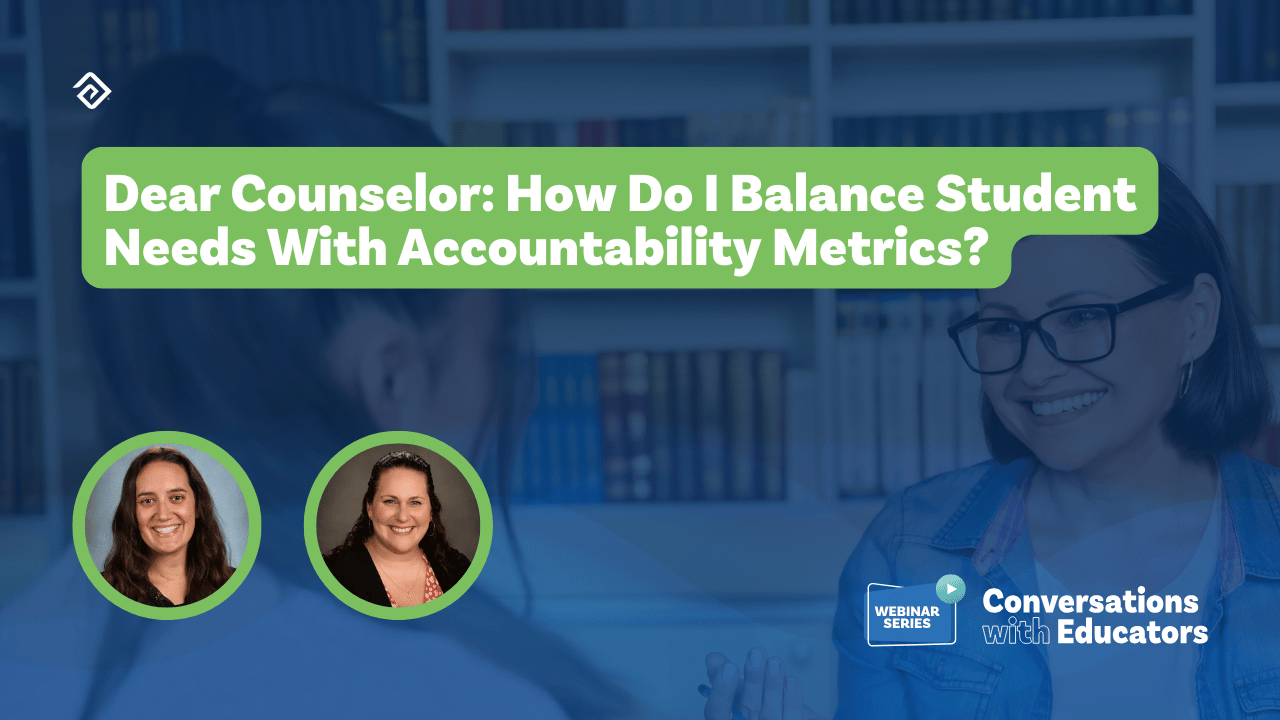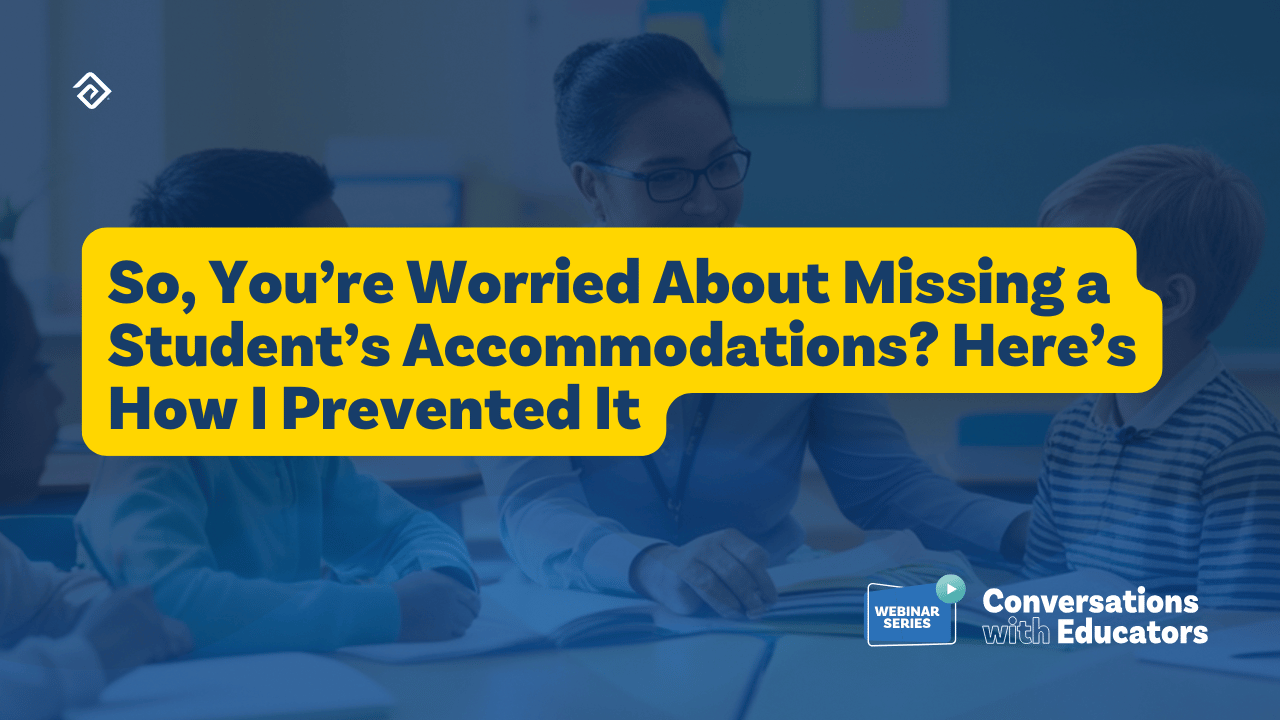Teacher Work Life Balance: Proven Strategies for Avoiding Burnout
Teaching should not require self-sacrifice to be considered effective. Yet for many teachers, especially in high schools, the demands of the job routinely exceed the hours in the day. Teacher work life balance is no longer a secondary issue—it is central to conversations about retention, student achievement, and the future of the profession itself.
Instructional hours are only a small part of the equation. Emotional demands, administrative responsibilities, and constant performance pressures make the idea of balance feel nearly impossible.

Still, most teachers are not chasing perfection. They are looking to reclaim time, protect their energy, and establish boundaries that make the work sustainable for both themselves and the students they serve.
Why Balance Remains Elusive
Despite the widespread emphasis on time management, most teachers are not struggling because they lack organization or discipline. In fact, many operate with remarkable efficiency.
What makes balance so difficult to maintain is not necessarily poor planning. Many teachers are caught in a professional culture that often equates exhaustion with commitment. The expectations placed on them have expanded well beyond the classroom, creating a workload that exceeds the limits of a typical school day and contributing to teacher burnout.
This imbalance shows up in several ways:
- Instruction spills beyond the bell: Planning, grading, and ongoing communication with families often extend into evenings and weekends, with little opportunity for true closure.
- Administrative work creeps in: logging interventions, documenting accommodations, and managing compliance-related tasks consume time that could be spent on lesson development and instructional focus.
- Emotional labor runs deep: Teachers routinely support students facing anxiety, grief, or instability. Providing that level of care, day after day, requires a kind of endurance that rarely factors into formal job descriptions.
- Accountability is constant: Between performance metrics, testing requirements, and improvement plans, even experienced teachers operate under near-continuous pressure to produce measurable outcomes.
The Consequences of Chronic Imbalance
When imbalance becomes the norm, the impact extends far beyond individual teachers, affecting students, colleagues, and entire districts.
Instruction Suffers
A teacher running on empty has less capacity to adapt in real-time, implement new strategies, or respond to shifting student needs. Over time, even skilled professionals may slip into survival-mode teaching, where they rely on familiar routines rather than reflective practice.
For instance, a teacher who once differentiated content or processes daily might begin assigning the same task to every student simply because it is manageable.
Turnover Rises
When the workload feels unrelenting, and balance seems out of reach, teachers are more likely to start questioning whether staying in the profession is sustainable. This is particularly true for those early in their careers.
Some leave teaching altogether, while others seek roles outside the classroom that offer more predictability and fewer emotional demands. This revolving door disrupts continuity and places additional strain on the colleagues who remain.
Well-Being Declines
Even when teachers try to conceal it, the personal toll of imbalance is often substantial. Many teachers report chronic fatigue, increasing anxiety, and stress-related physical symptoms. These issues rarely stem from a single difficult week. Instead, they accumulate gradually over semesters spent pushing through exhaustion without adequate time for recovery.

Effective Strategies for Achieving Teacher Work Life Balance
Far from reducing effort, achieving balance involves redefining how teachers approach their work and manage their time, both inside and outside the classroom. The following strategies provide a framework for protecting energy, improving efficiency, and promoting well-being.
Redefine Boundaries as Professional Practice
Balance begins with boundaries, including personal limits and professional standards that treat time as a protected resource.
- Communication windows matter: Establish clear times for checking and responding to messages to reset expectations for students, families, and colleagues. For example, a teacher might choose to review emails only between 4 and 5 p.m. This signals that messages sent after hours will be addressed the next day.
- Closure routines create separation: End the day with a consistent ritual, such as logging final grades, writing tomorrow’s to-do list, or physically shutting down the classroom space to send a mental signal that work is paused. For instance, simply closing the classroom door after the last bell can help mark a firm boundary between work and home.
- Digital separation supports focus: Log out of school platforms and disable email notifications outside of work hours to reduce the tendency for work to creep into personal time.
Work Smarter Within the School Day
The school day is fixed, but how teachers use that time can shift significantly through intentional choices.
- Prioritize with purpose: Use frameworks like backward planning or priority grids to distinguish between what truly promotes student learning and what simply feels urgent. For example, focusing planning time on an upcoming assessment rather than answering nonessential emails can lead to more targeted instruction.
- Batch similar tasks: Grouping related work, such as grading by section or planning several lessons in one sitting, reduces transition fatigue and conserves mental energy. A teacher who grades one full class at a time instead of jumping between assignments often finishes more efficiently and with better focus.
- Collaborate to expand capacity: Departments that co-develop materials, share assessments, or divide planning responsibilities create more time for everyone. Even a simple shared folder of bell-ringers or exit tickets can help reduce repetitive preparation. These reusable resources can save valuable planning time for everyone on the team.
Protect Mental and Emotional Capacity
Beyond how time is scheduled, balance also reflects how teachers feel as they move through the day.
- Schedule personal time: Block out time for exercise, meals, family, or rest just as deliberately as lesson prep. A teacher who commits to a daily walk or dinner unplugged from devices is more likely to feel restored.
- Build quiet space into the day: Even a short screen-free moment during lunch or a tech-free commute can help reset the mind. For example, teachers can use their drive home to listen to music instead of answering work-related calls. This can help separate work from the evening ahead.
Build Supportive School Systems
Individual strategies help, but lasting balance depends on structural support at the school level.
- Lead by example: When school leaders respect contract hours, limit after-hours communication, and speak openly about wellness, they permit staff to do the same. A principal who sends delayed-delivery emails instead of late-night messages models healthy boundaries.
- Redesign time use: Adjust schedules to protect planning time, simplify paperwork, or limit meetings. Even a shift from daily check-ins to a weekly team huddle can return valuable prep minutes to teachers.
- Invest in wellness systems: Provide access to mental health support, peer mentoring, or professional development focused on teacher well-being. When a school incorporates wellness check-ins into staff meetings or offers optional mindfulness sessions, it signals that teacher health is a shared priority.
Intentional Steps Toward Teacher Well-Being
Teacher work life balance means using the hours in the day more effectively to support well-being and effectiveness. Teachers manage many demands daily, which can lead to burnout. Schools can help by encouraging clear boundaries around time and energy to protect staff well-being.
One helpful tool is Evaluation, designed to give school leaders a clear view of teacher workload, well-being, and school culture. This insight allows them to make informed decisions that support teachers and improve outcomes.
With this tool, schools can move beyond guesswork to identify challenges and track progress in work-life balance. This creates an environment where teachers can do their best work, and students benefit.
If your school is interested in new ways to improve the learning experience for children, you may also be interested in automating tasks and streamlining processes so that your teachers have more time to teach. Education Advanced offers a large suite of tools that may be able to help:
- Evaluation: A solution for documenting every step of the staff evaluation process, including walk-throughs, self-evaluations, supporting evidence, reporting, and performance analytics.
- Pathways: A graduation tracking tool that enables administrators and counselors to create, track, and analyze graduation pathways, ensuring secondary students stay on track to graduate.
- TestHound: Our test accommodation software helps schools coordinate thousands of students across all state and local K-12 assessments while considering various accommodations, such as for reading disabilities, physical disabilities, and translations.

More Great Content
We know you'll love




